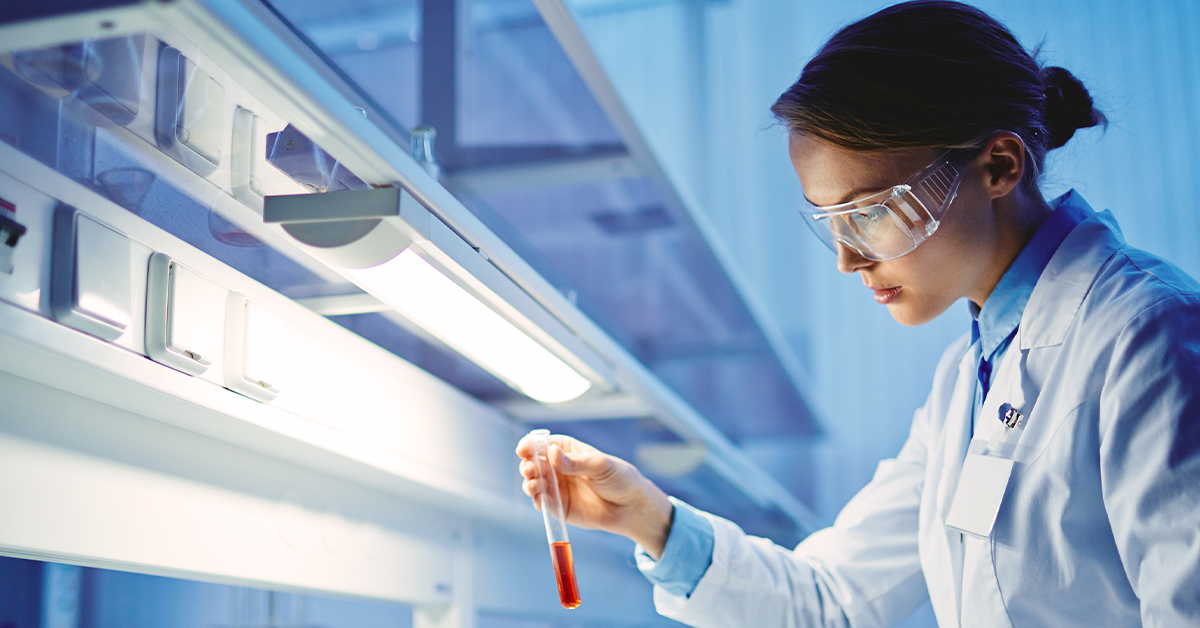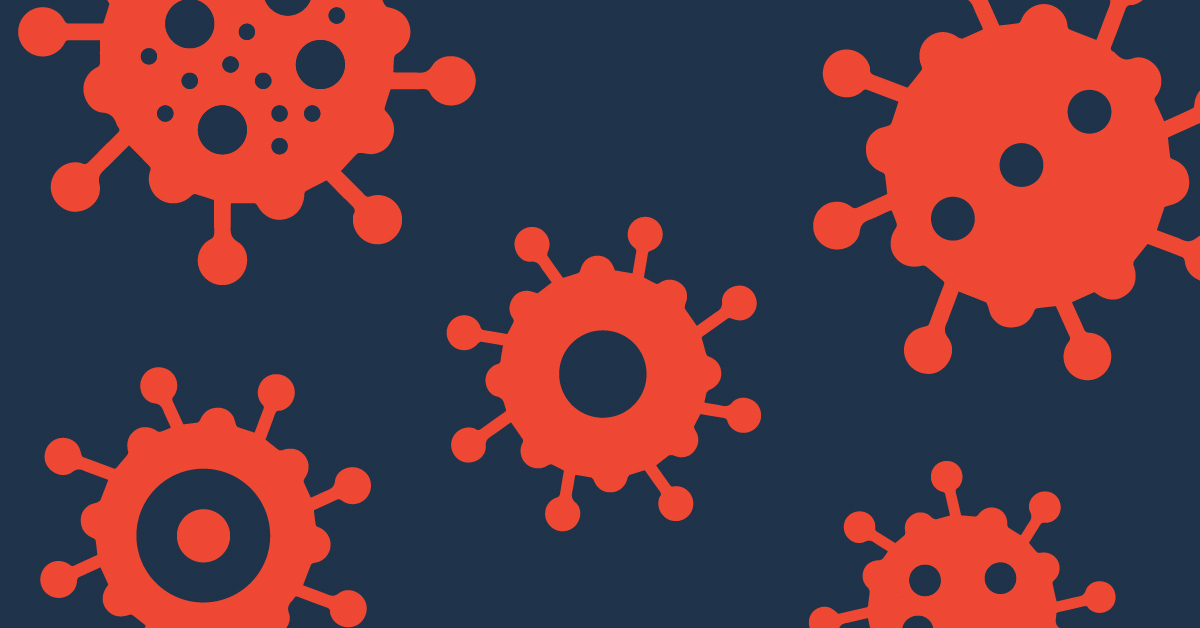Should The Government Set The Price Of New Medicines?
Congress passed the Bayh-Dole Act in 1980 with bipartisan support to incentivize the private sector to make the substantial and risky investments needed to translate discoveries from government-funded basic research into useful products. Bayh-Dole has helped lay the foundation for the robust and entrepreneurial U.S. R&D ecosystem. Prior to enactment of the Bayh-Dole Act, the government retained the patents on federally-sponsored inventions—and only 5% of those patents were ever used in the private sector.
The reason the U.S. is the global leader of biopharmaceutical innovation is that the IP system promotes competition by ensuring each player excels at their role and is incentivized to take risks and share information throughout the process. Strategic public-private partnerships help support collaboration among governments, scientific institutions and biopharmaceutical, medical device, diagnostics companies and many others to stimulate progress in research and science to develop effective vaccines as well as diagnostics and treatment options critical to address COVID-19. More than 200 new drugs and vaccines have been developed through public-private partnerships facilitated in part by the Act—a stark contrast to the period preceding its passage, during which no drugs had been created from federally funded inventions.
During public health emergencies such as pandemics, the biopharmaceutical industry has a track record of responsible pricing and actively partnering with the government to ensure availability and affordability. In fact, Dr. Fauci has said, “I have not seen in my experience situations in which we were involved in the development of a vaccine, particularly for low- and middle-income countries that really needed it, where the pharmaceutical companies priced it out of their reach.” Any new additional policies that would set prices in the commercial market or make it less attractive to collaborate with the federal government would not only fundamentally set back the industry’s ability to respond in a timely way to COVID-19 but would also deter companies from making long-standing investments needed to be able to respond quickly in times of future global health emergencies.
In these unprecedented times, America’s biopharmaceutical companies are coming together to achieve one shared goal: to end COVID-19. Learn about our latest efforts at PhRMA.org/Coronavirus.



